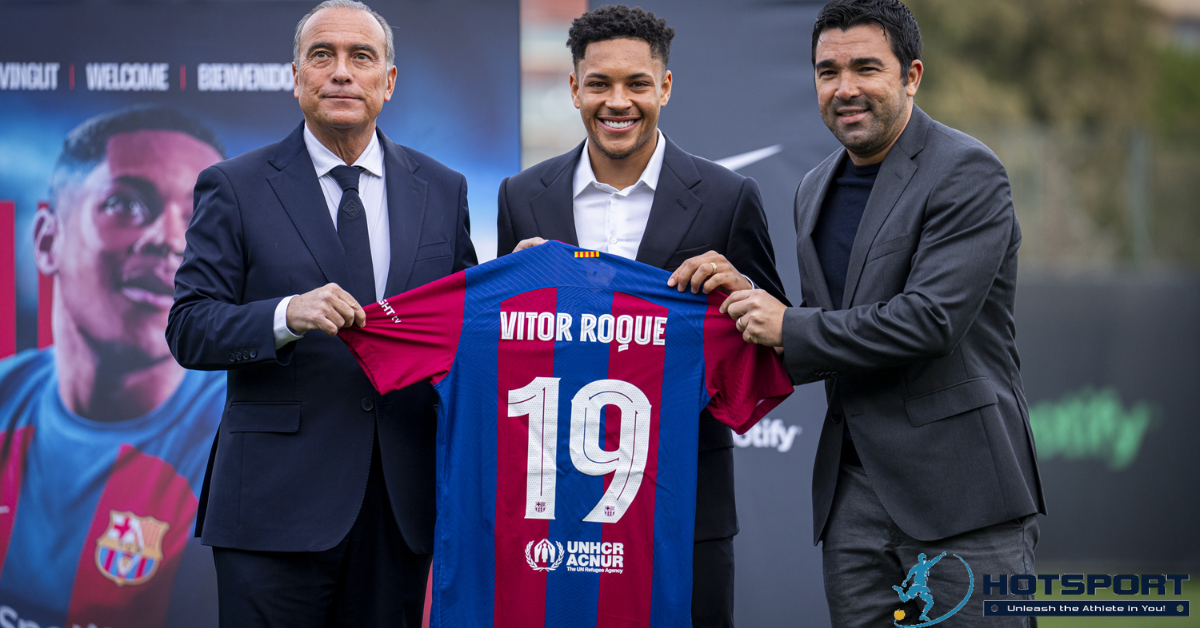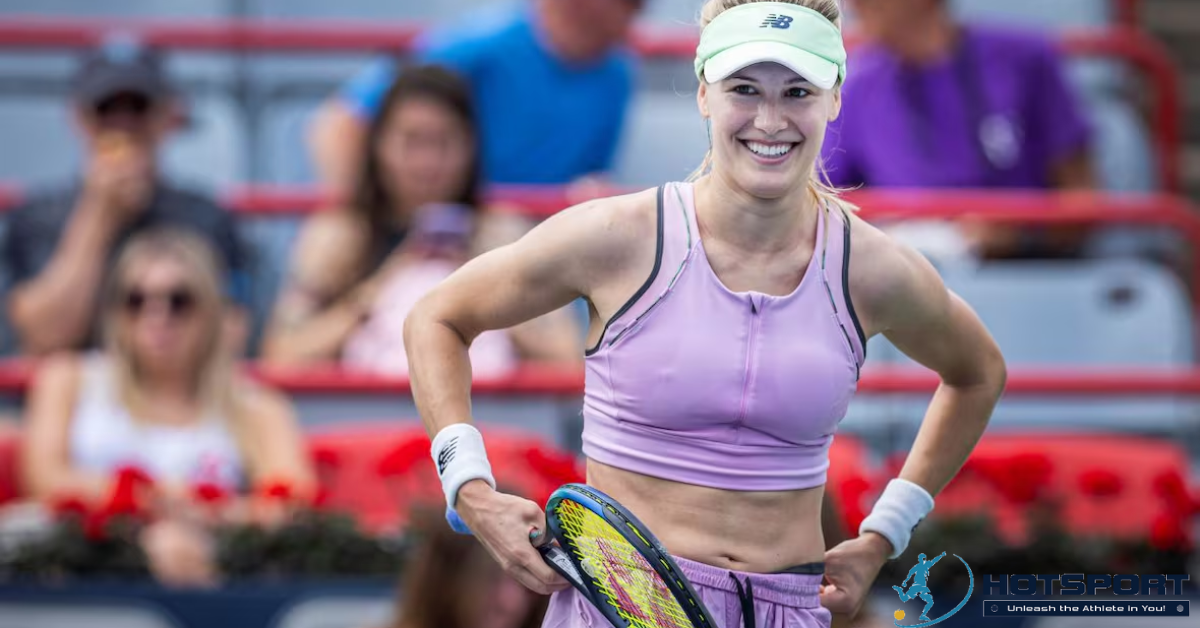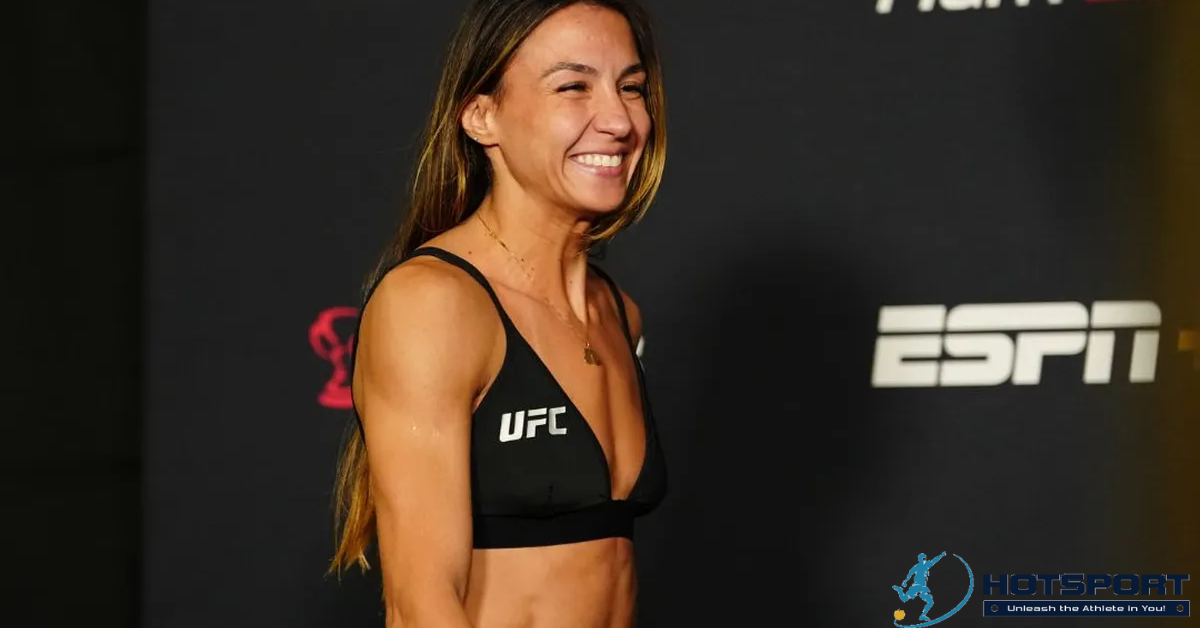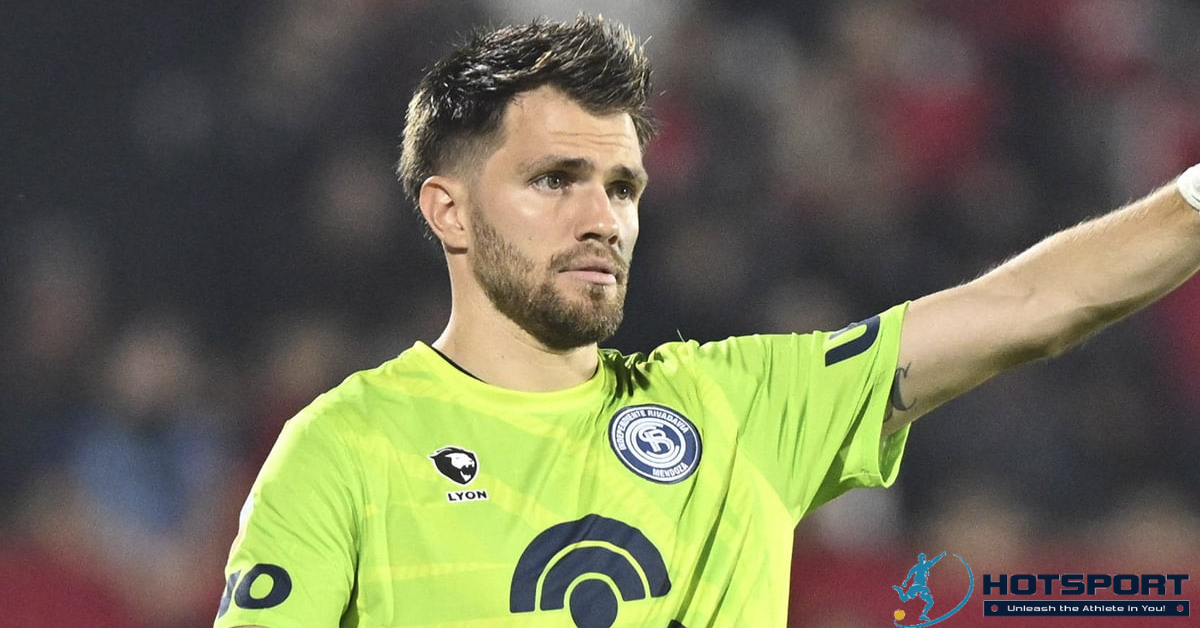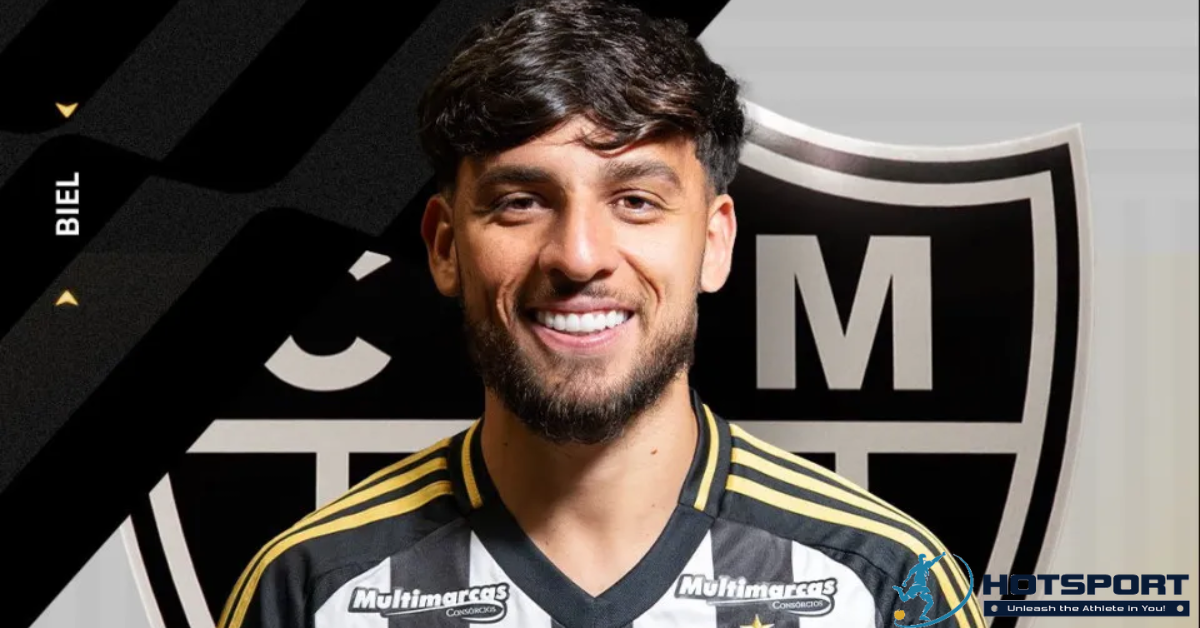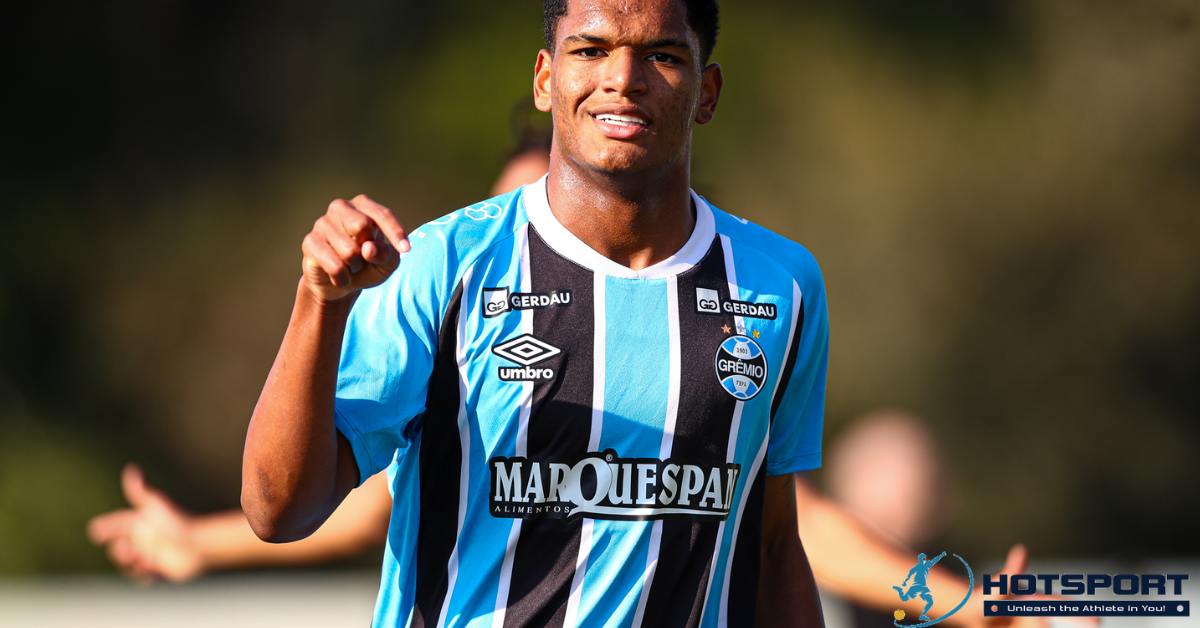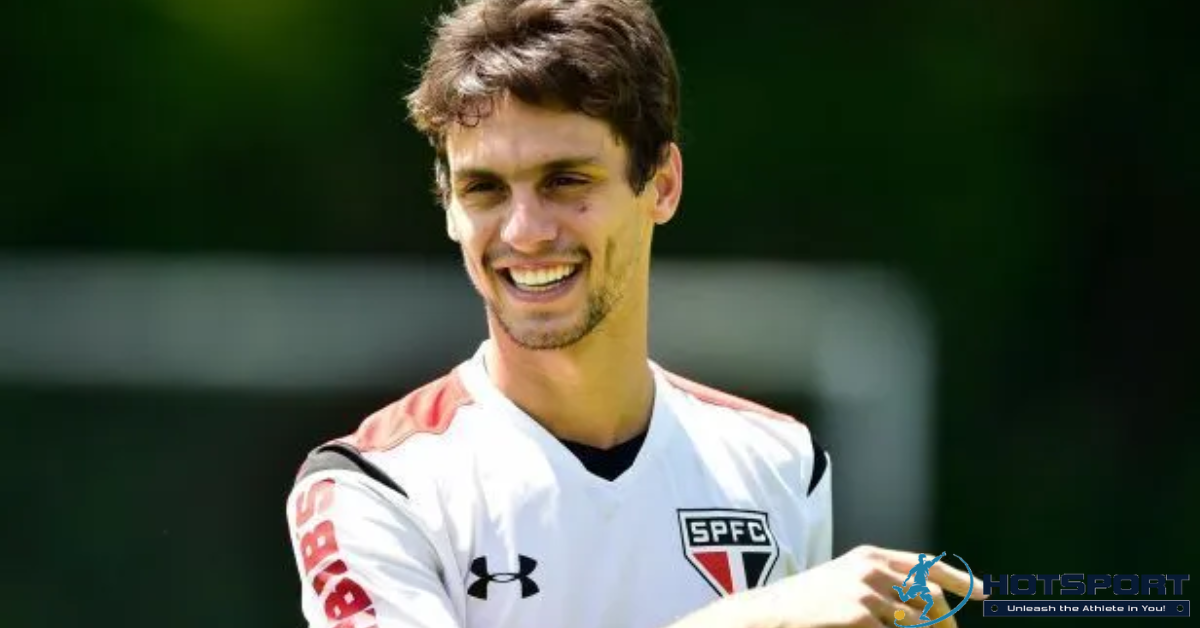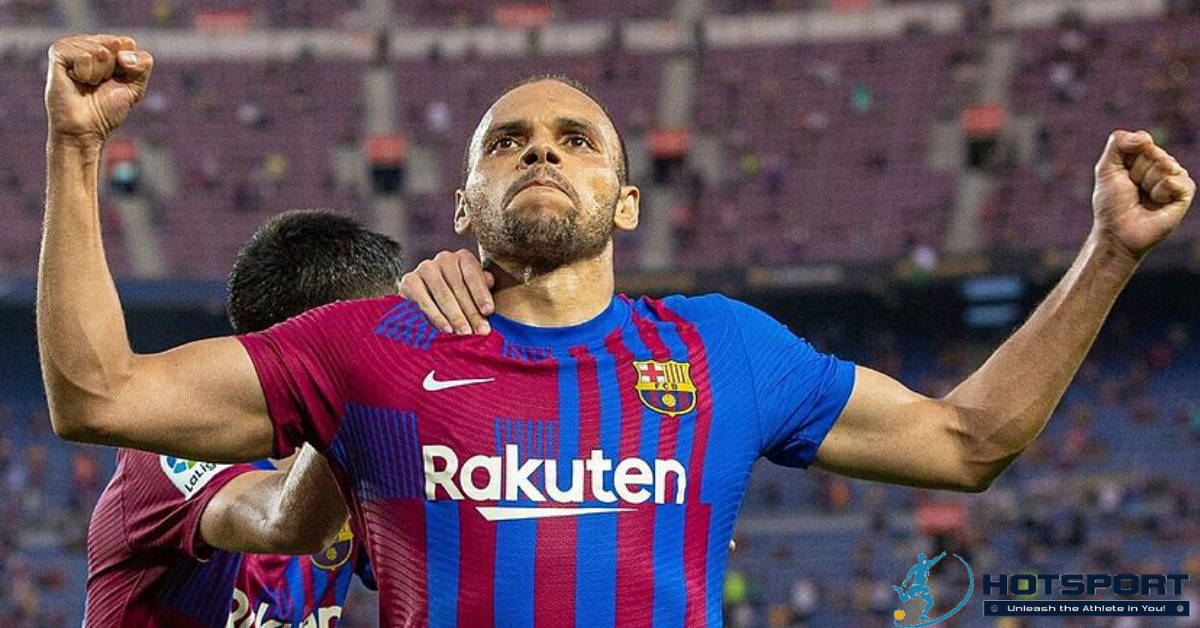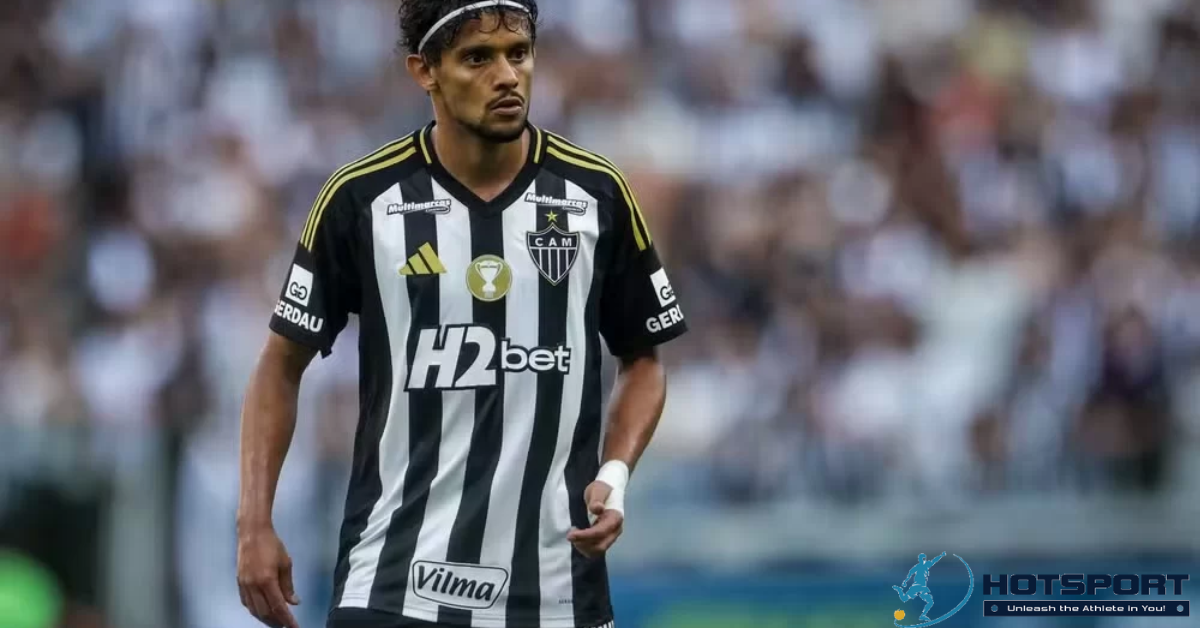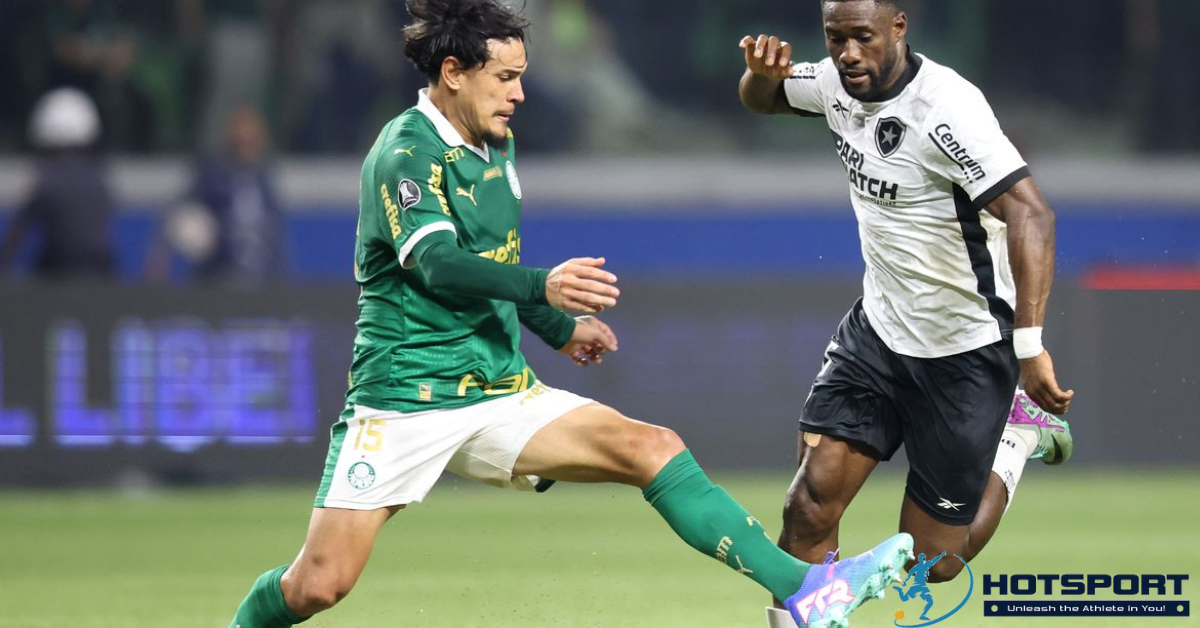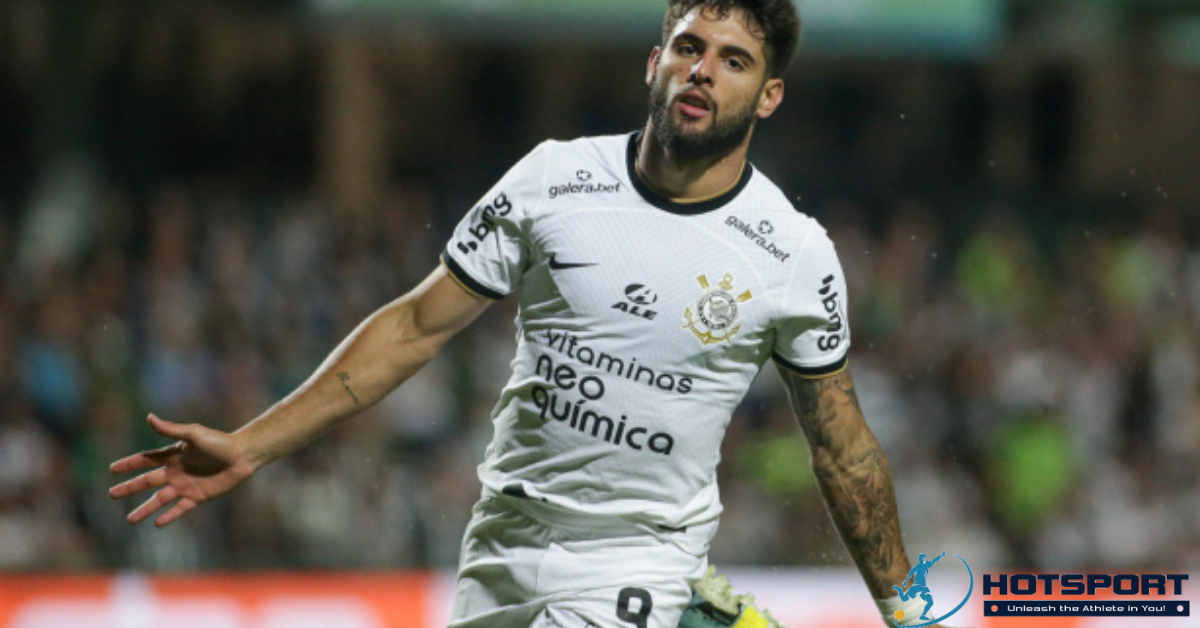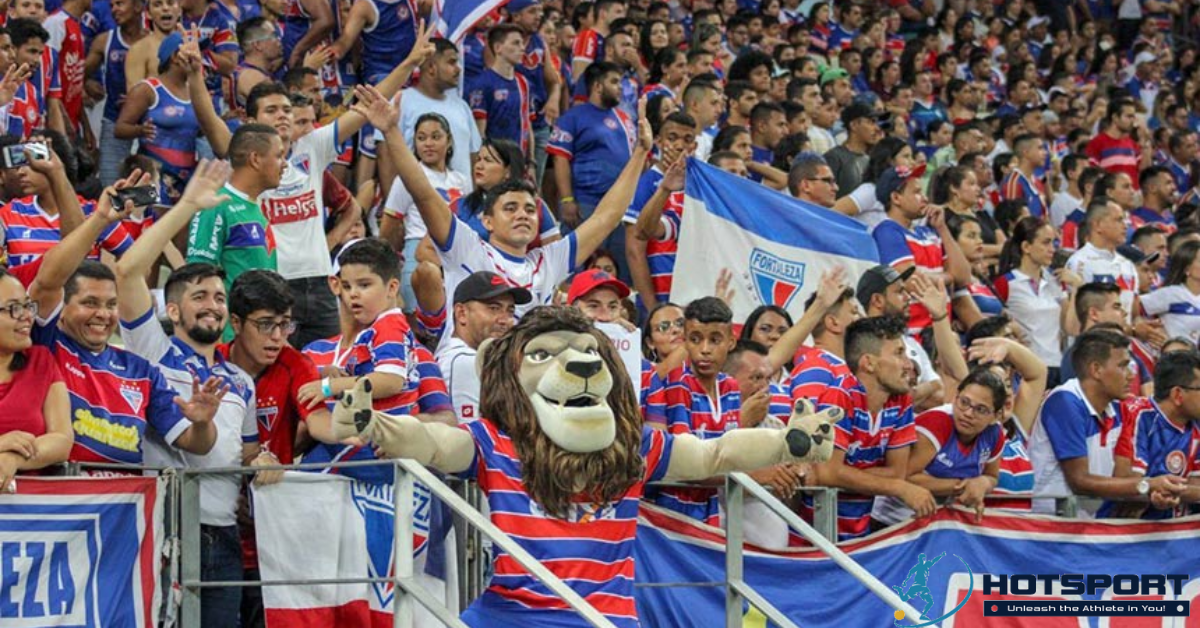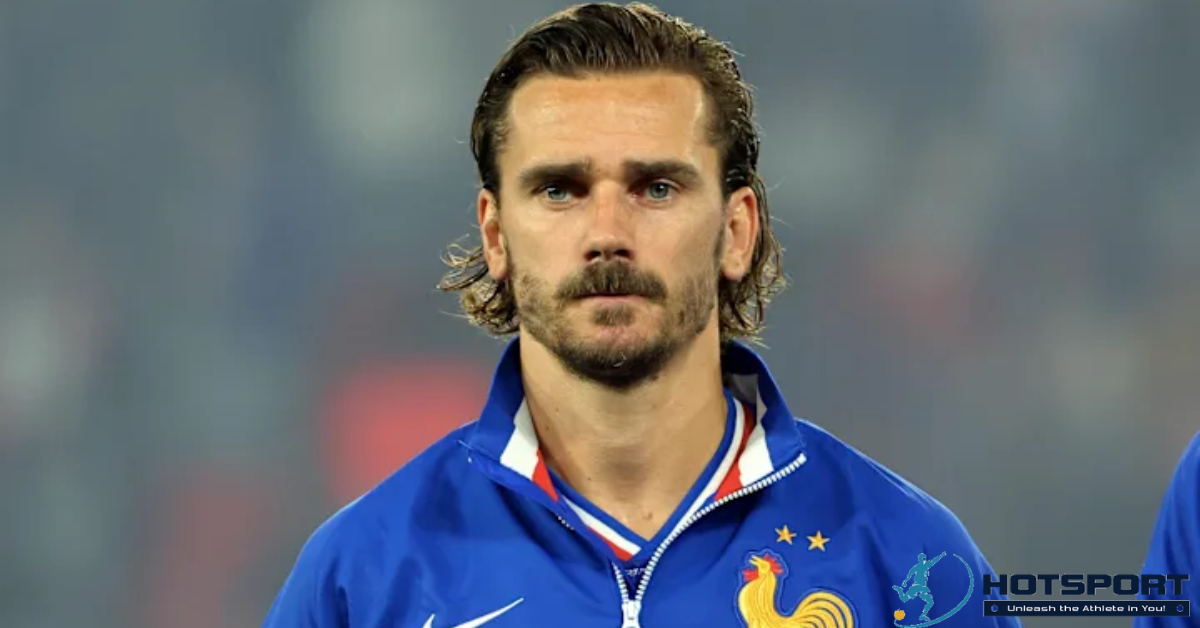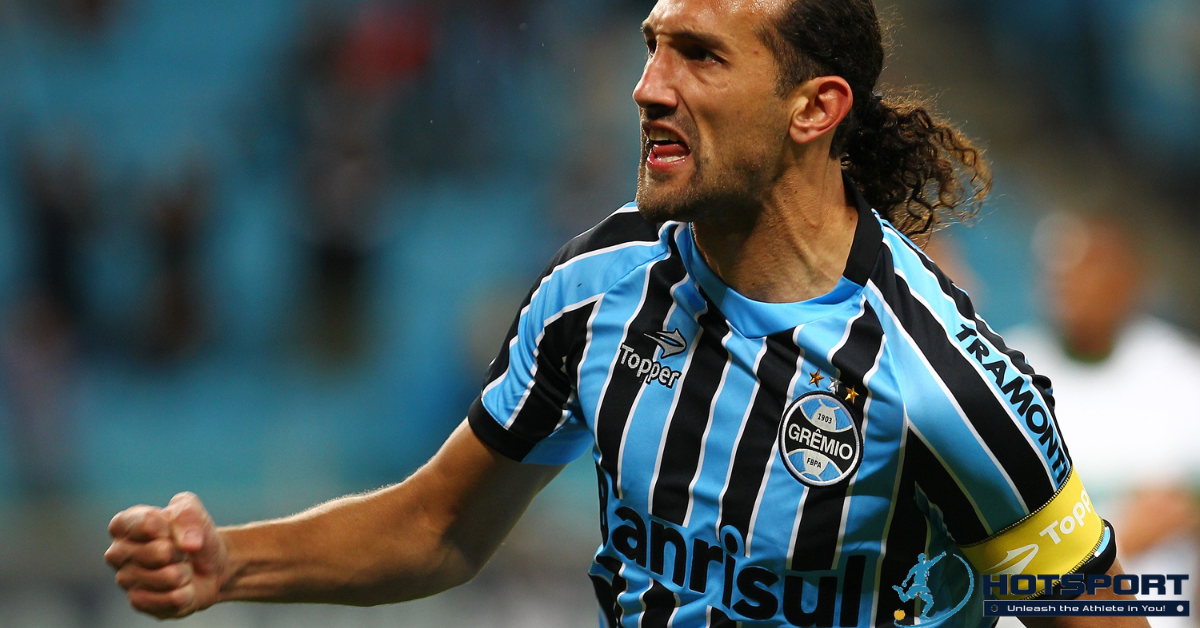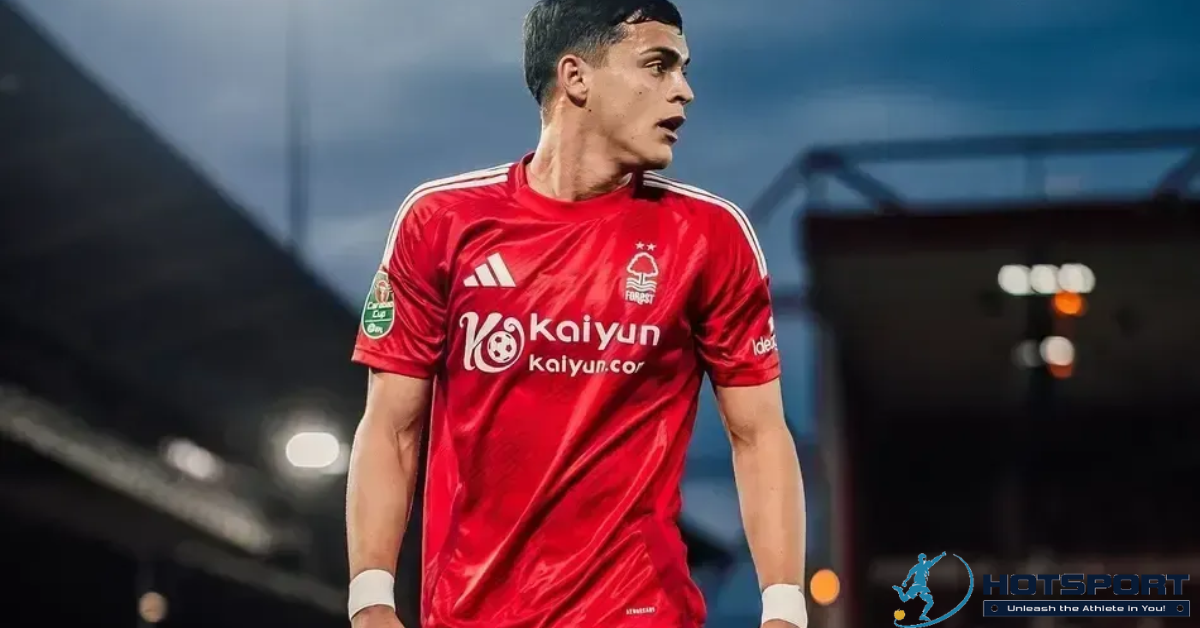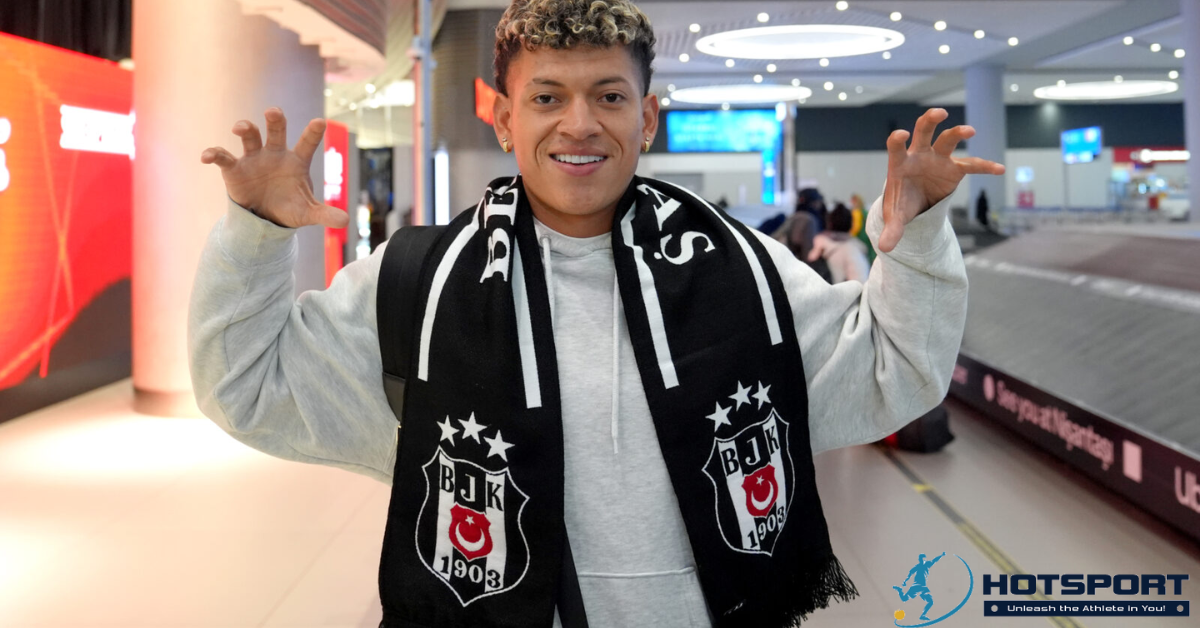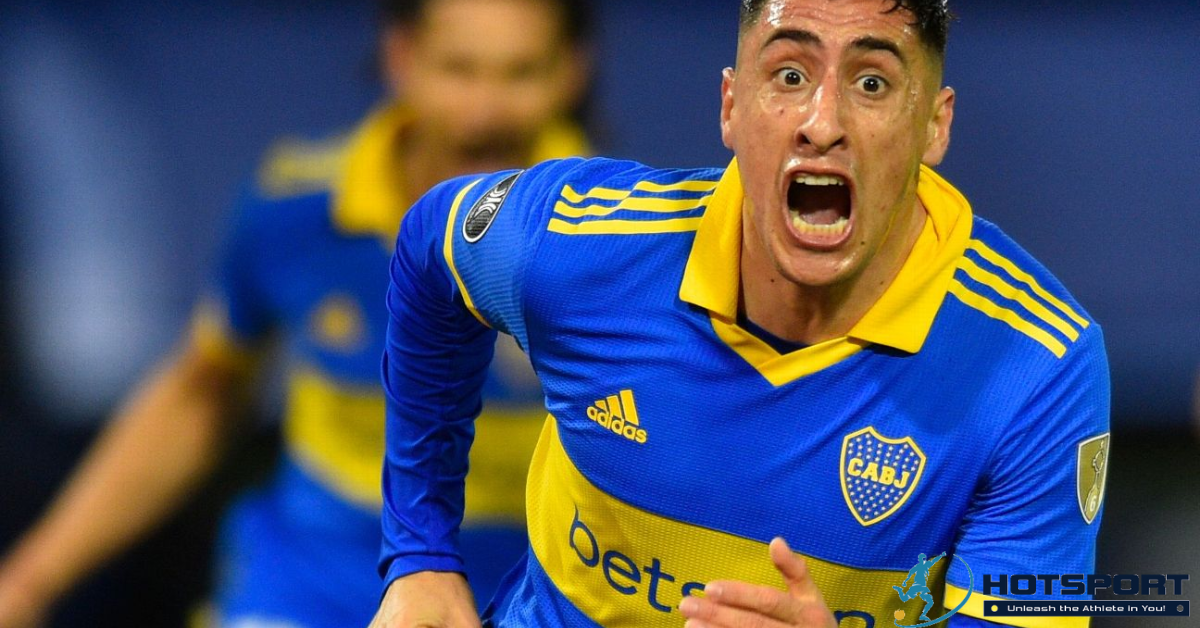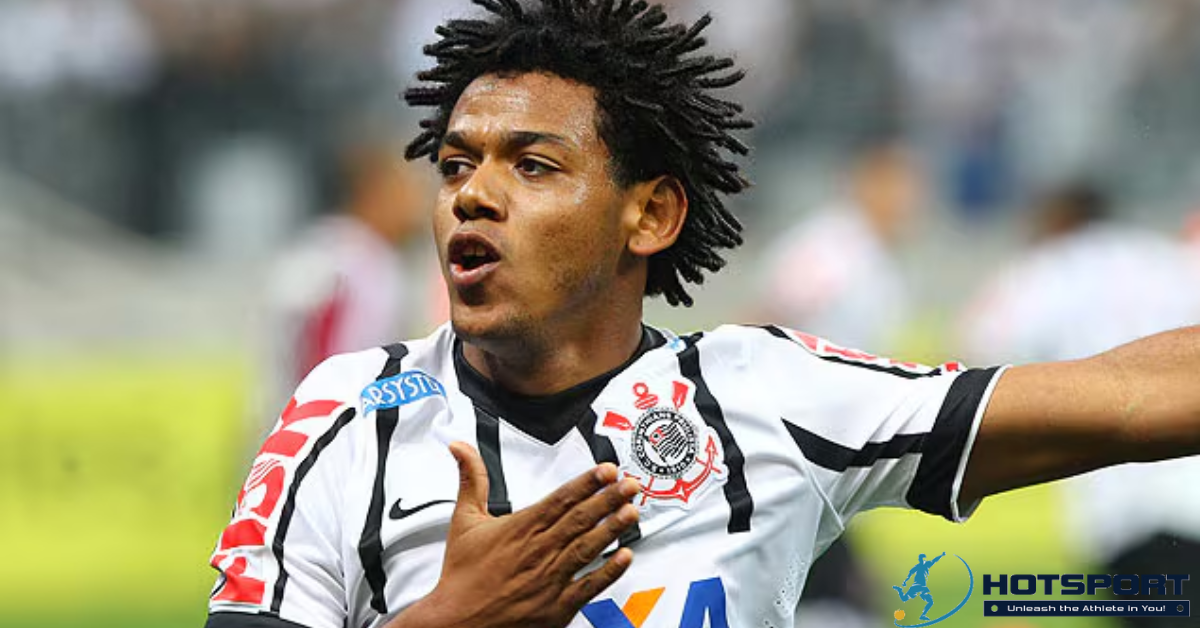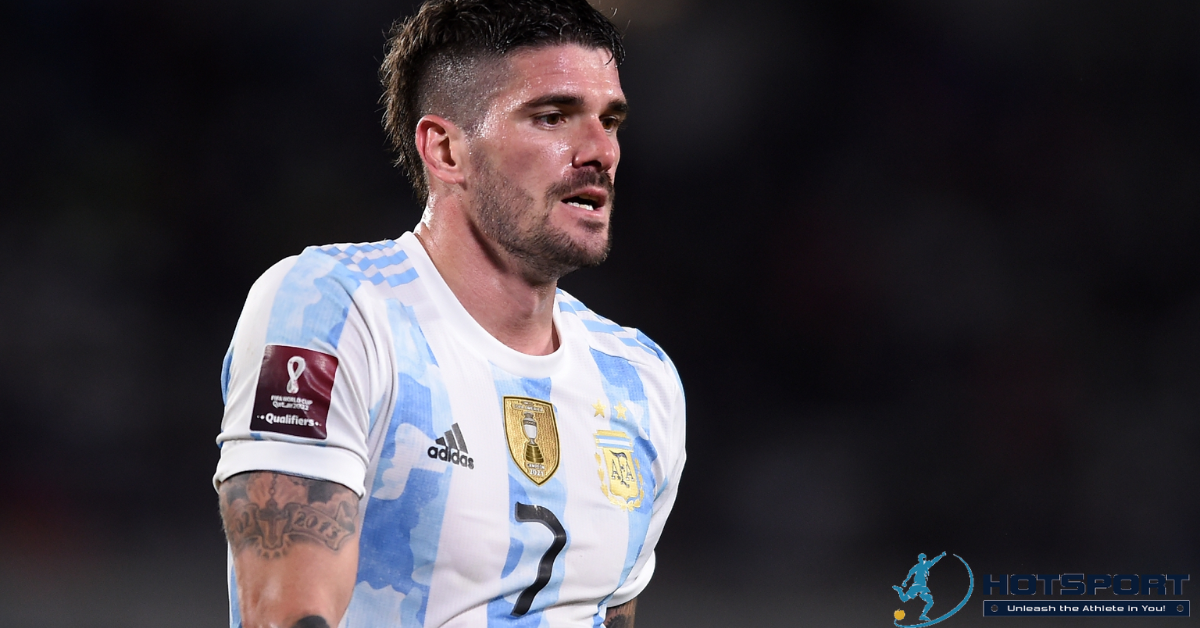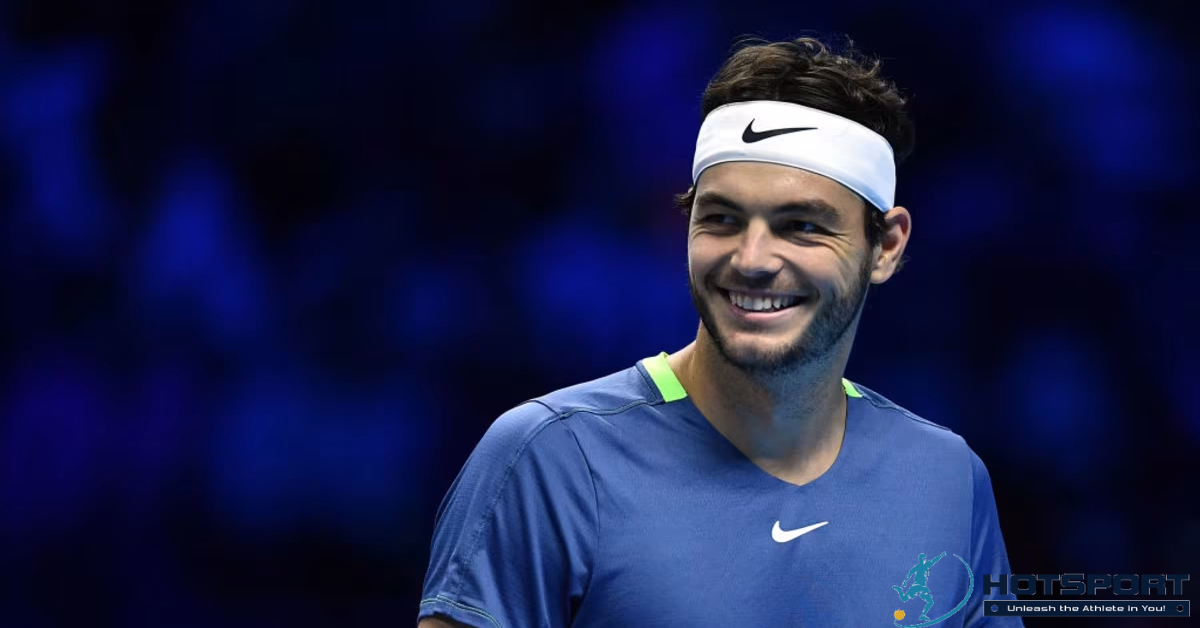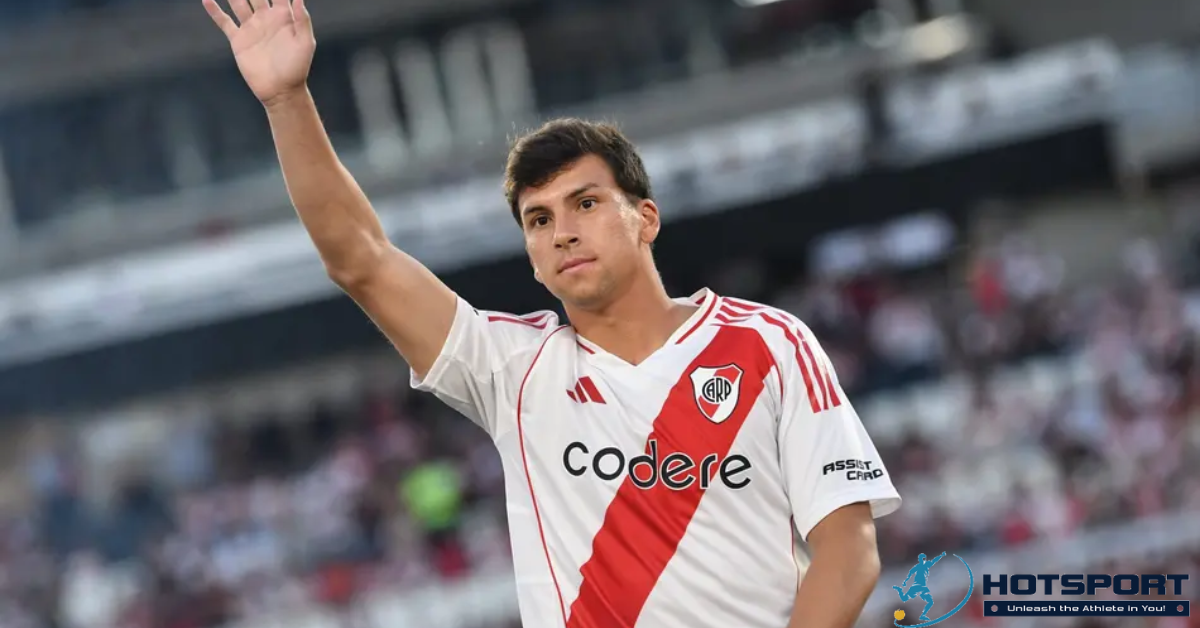Vitor Roque: The Journey of a Young Brazilian Star
Vitor Hugo Roque Ferreira, known simply as Vitor Roque, is one of the greatest prospects in Brazilian football. Born on February 28, 2005, in Timóteo, Minas Gerais, this young forward has already captured hearts and drawn the attention of clubs and fans worldwide. At just 20 years old, his journey is marked by talent, determination, and an unwavering love for the game. This article explores Vitor Roque’s life, career, and impact on the sporting world, from his humble beginnings to his rise as a professional footballer.
Childhood and First Steps in Football
Origins in Timóteo
Vitor Roque was born in Timóteo, a small town in the interior of Minas Gerais, where he spent his early years in a warm family environment. The son of Hercília Roque Ferreira and Juvenal “Tigrão” Ferreira, Vitor grew up alongside his sister, Vitória, with whom he shares a strong bond. His parents, proud of their roots, chose names starting with “V” for their children, both derived from Latin, meaning “victor” or “conqueror.” From an early age, Vitor showed a passion for football, playing with a ball as soon as he could walk.
One of his most cherished childhood possessions was a worn-out teddy bear, symbolizing his kind and humble nature. His family, though modest, always supported his dream of becoming a professional footballer. Juvenal and Hercília decided to move to Coronel Fabriciano, a nearby town, to provide better opportunities for young Vitor to develop his talent.
First Clubs and Early Talent
At the age of ten, Vitor joined the youth academy of América Mineiro, where he quickly stood out. In 2018, his impressive performances in youth categories caught the attention of Cruzeiro, who signed him in March 2019. This transfer, however, sparked a dispute between the clubs, with América Mineiro taking Cruzeiro to the State Labor Department. After negotiations, an agreement was reached in May 2019, with Cruzeiro retaining 65% of the player’s economic rights and América keeping the remaining 35%.
At Cruzeiro, Vitor continued to shine, displaying exceptional ball control, game vision, agility, and finishing. His on-field abilities soon put him on the radar of national and international scouts.
Professional Debut and Rise at Cruzeiro
First Professional Contract
On May 25, 2021, at just 16 years old, Vitor Roque signed his first professional contract with Cruzeiro. His debut for the first team came on October 12 of the same year, in a goalless draw against Botafogo in the Brazilian Série B. Coming on as a substitute in the second half, Vitor played for 18 minutes before being substituted. Coach Vanderlei Luxemburgo praised his debut but noted that the young player still needed to adapt to the intense pace of professional football.
First Goals and Highlights
Fully integrated into the first team in 2022, Vitor scored his first professional goal on February 20, in a 2-2 draw against Villa Nova in the Campeonato Mineiro. Just three days later, he shone by scoring twice in a 5-0 rout of Sergipe in the Copa do Brasil. These moments were pivotal in establishing his reputation as a promising forward.
Transfer to Athletico Paranaense
A Historic Record
On April 13, 2022, Vitor Roque was transferred to Athletico Paranaense for R$24 million, marking the most expensive transaction in the club’s history. He signed a five-year contract and made his debut just four days later, coming on in the second half of a 1-0 loss to Atlético Mineiro in the Brazilian Série A.
Goals and Impact at Furacão
At Athletico, Vitor continued to impress. His first goal for the club came on May 29, 2022, securing a 1-0 victory against Cuiabá. On August 7, he scored twice in a 3-2 win over Atlético Mineiro, showcasing his ability to decide crucial matches. By the end of the 2022 season, Vitor had scored 13 goals—six for Cruzeiro and seven for Athletico—solidifying his status as one of Brazil’s brightest young stars.
International Career: Barcelona and Real Betis
Time at Barcelona
In 2023, Vitor Roque attracted the attention of European clubs, and his transfer to Barcelona marked a new chapter in his career. He made his La Liga debut on January 4, 2024, coming on as a substitute in the second half of a 2-1 victory against Las Palmas. His first goal for the Catalan club came on January 31, scoring a header in a 1-0 win over Osasuna. Despite his talent, Vitor faced challenges adapting to the pace and demands of European football.
Loan to Real Betis
On August 26, 2024, Real Betis announced Vitor Roque’s loan for one season, with an option for an additional year. He scored his first goal for Betis on September 13 in a La Liga match against Leganés. On January 15, 2025, Vitor faced his parent club, Barcelona, in the Copa del Rey, scoring a goal despite a 5-1 defeat. His time at Betis has been an opportunity to gain experience and showcase his potential in the European scene.
Return to Brazil: Palmeiras
A Record-Breaking Transfer
On February 28, 2025, Palmeiras announced the signing of Vitor Roque for €25.5 million, setting a new record as the most expensive transfer in South American football history. His arrival at the Verdão was met with great enthusiasm from fans, who saw the young forward as a major reinforcement for the season.
Performance at Palmeiras
As of July 2025, Vitor Roque has played 25 matches for Palmeiras, starting 19, and scored three goals, according to data shared by @SofascoreBR on X. He also created three big goal-scoring chances and converted three of seven clear opportunities. Despite some technical limitations, as noted by @olheirosudaca on X, Vitor has stood out for his efficiency in duels (38%) and drawing 38 fouls, demonstrating his ability to attract the attention of opposing defenders. At Palmeiras, he has the potential to become a reference as a center-forward in Brazil.
Brazilian National Team
Historic Call-Up
On March 3, 2023, Vitor Roque received his first call-up to the Brazilian national team, under interim coach Ramon Menezes, for a friendly against Morocco. He came on in the 65th minute of a 2-1 defeat at Ibn Batouta Stadium. This call-up was the realization of a childhood dream, as Vitor had always aspired to wear the iconic Canarinha jersey.
Standout at the South American U-20 Championship
Before his senior team debut, Vitor shone at the 2023 South American U-20 Championship, where his goals drew comparisons to the legendary Ronaldo Fenômeno. His performance in the tournament was a milestone in his career, cementing his reputation as one of the world’s top young prospects.
Personal Life
Family and Relationships
Vitor Roque is married to Dayana Lins, whom he wed shortly before his transfer to Barcelona. He is known for his Christian faith, which guides his life on and off the pitch. His family, particularly his parents and sister Vitória, remains a constant source of support. Vitor and Vitória, born five years apart, share a close bond, marked by joyful moments like dancing together at home in Belo Horizonte.
Passions and Personality
Off the pitch, Vitor leads a simple life. As a child, he loved eating chicken with ketchup and fried bananas, a dish that reflects his humble roots. His kind personality and dedication to football have made him beloved by teammates and fans. He is also known for his discipline, constantly working to improve his technical and physical skills.
Impact and Legacy
A New Brazilian Idol
At just 20 years old, Vitor Roque is already seen as one of the future greats of Brazilian football. His meteoric rise inspires young athletes across the country. His goal-scoring ability, combined with his speed and game vision, places him alongside icons like Ronaldo and Romário, though he still has much to prove.
Challenges and Future
Despite his undeniable talent, Vitor faced challenges in Europe, where his technical limitations were exposed. However, his return to Brazil with Palmeiras is seen as an opportunity to establish himself as one of the country’s top forwards. With the support of his family, faith, and determination, Vitor Roque has everything needed to build a lasting legacy in football.
Conclusion
Vitor Roque is more than a footballer; he is a symbol of hope and talent for Brazil. From his humble beginnings in Timóteo to the pitches of La Liga and Allianz Parque, his journey is proof that dreams can come true with hard work and passion. As he continues to evolve, the football world eagerly awaits the next chapters in the career of this young Brazilian star.

